
Fly Tying Cements, Adhesives & Epoxy
Fly tying head cements, glues, UV curing adhesives, thinners, lacquers, epoxies, UV Lights, colored resins and application bottles. If you're fly tying, we should have you covered for gluing eyes, making chironomids, crafting saltwater heads, adding epoxy to wingcases, and much more.
Read more
Fly Tying Cements, Adhesives & Epoxy are essential tools in every fly tier’s kit. These products not only increase the durability of your flies but also enhance their appearance, functionality, and overall performance on the water. Whether you're tying small trout flies or large saltwater patterns, having a reliable selection of Fly Tying Cements, Adhesives & Epoxy ensures your flies stay intact and fish-ready.
Fly tying cement is commonly used to finish a fly by securing the final thread wraps, typically at the head of the fly. However, fly tying cement can also be applied throughout the tying process to reinforce materials like wingcases, dumbbell eyes, or thread-heavy segments. Some fly tying cements are thin and designed to soak into the thread wraps for deep penetration and lasting hold. Others are thicker and used to create a smooth, glossy finish on flies like traditional salmon or steelhead patterns. Flexible fly tying cement options also exist and are helpful when reinforcing vulnerable areas that endure frequent impact during casting or fishing. Because fly tying cements can thicken over time, many products have compatible thinners available so tiers can maintain the ideal consistency.
Two-part epoxy is another popular choice in the world of Fly Tying Cements, Adhesives & Epoxy. It’s most often used when you want a thick, glass-like coating—ideal for saltwater streamers or baitfish flies where you need a tough, glossy finish over eyes or heads. Available in 5-minute and 30-minute formulations, epoxy can be tailored to your tying workflow. Use the fast-setting 5-minute epoxy for one-off applications or the slower-curing 30-minute version for batch tying sessions. If you’re working with the slower variety, a rotating fly dryer can help prevent drips and sagging. When applied in smaller amounts, even 30-minute epoxy can be used on nymph wingcases without requiring a dryer—just keep the fly upright while it cures.
UV curing adhesives have revolutionized modern fly tying. These light-activated products offer flexibility in thickness and can be used as a replacement for cement or epoxy. The biggest advantage of UV adhesives is instant curing when exposed to UV light or sunlight. That control makes them perfect for precision work—coat a baitfish head or nymph body, then lock it in immediately when it looks right. UV products are also great for realistic chironomid bodies or shiny finishes on steelhead flies. Many UV resins dry tacky, but this can be easily fixed with a final coat of glossy cement or by wiping with rubbing alcohol for a clean, polished surface. This makes UV products a versatile and essential part of any Fly Tying Cements, Adhesives & Epoxy lineup.
Super glues—like ZAP CA or ZAP-A-GAP—are fast-bonding adhesives often used during the tying process to add durability and keep parts of the fly secure. While not ideal as head cement due to potential white residue, super glue excels at anchoring dumbbell eyes, trailing wire on articulated flies, or parachute posts. These adhesives are small but mighty additions to your collection of Fly Tying Cements, Adhesives & Epoxy.
Flexible adhesives such as ZAP GOO and Softex serve a different purpose by offering both strength and flexibility. ZAP GOO is especially popular for gluing eyes onto synthetic or natural fiber flies, such as deer hair bass bugs or saltwater baitfish imitations. Softex, which has a thinner consistency, is often used to dip the entire head of a fly to create a flexible, clear coating that keeps eyes in place and boosts durability without adding stiffness.
Lacquers, though not as commonly used today, still have a place in the modern fly tier’s bench—particularly for saltwater patterns. Lacquers offer a strong, glossy coating and are perfect for painting over thread wraps or for hand-painting eyes. They add visual pop and toughness to finished flies, especially when a traditional or painted aesthetic is desired.
-
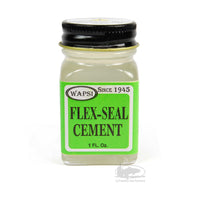 Flex-Seal Cement
Flex-Seal Cement
-
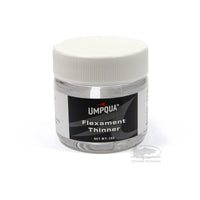 Flexament Thinner
Flexament Thinner
-
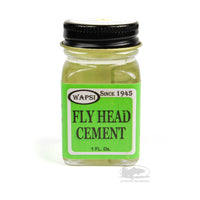 Fly Head Cement
Fly Head Cement
-
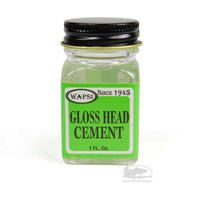 Gloss Head Cement
Gloss Head Cement
-
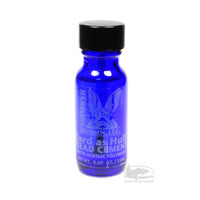 Hard as Hull Cement
Hard as Hull Cement
-
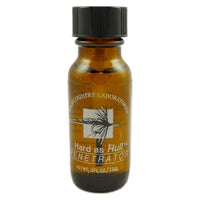 Hard as Hull Penetrator
Hard as Hull Penetrator
-
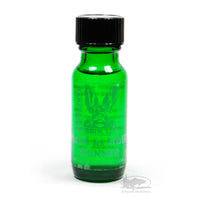 Hard as Hull Thinner
Hard as Hull Thinner
-
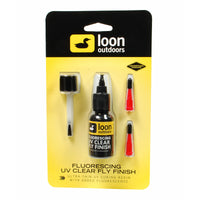 Loon Fluorescing UV Clear Fly Finish
Loon Fluorescing UV Clear Fly Finish
-
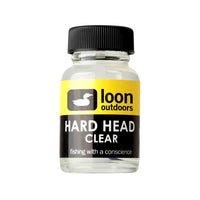 Loon Hard Head
Loon Hard Head
-
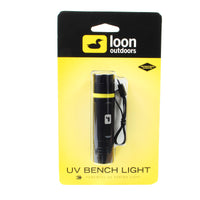 Loon UV Bench Light
Loon UV Bench Light
-
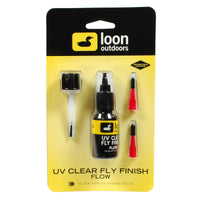 Loon UV Clear Fly Finish - Flow
Loon UV Clear Fly Finish - Flow
-
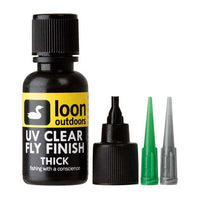 Loon UV Clear Fly Finish - Thick
Loon UV Clear Fly Finish - Thick
-
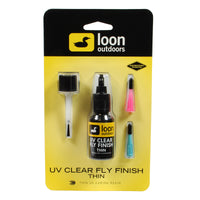 Loon UV Clear Fly Finish - Thin
Loon UV Clear Fly Finish - Thin
-
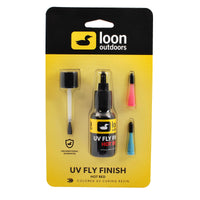 Loon UV Colored Fly Finish
Loon UV Colored Fly Finish
-
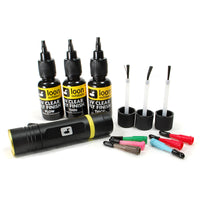 Loon UV Fly Tying Kit
Loon UV Fly Tying Kit
-
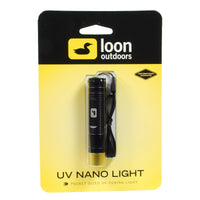 Loon UV Nano Light
Loon UV Nano Light
-
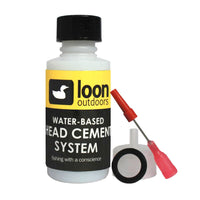 Loon Water Based Head Cement System
Loon Water Based Head Cement System
-
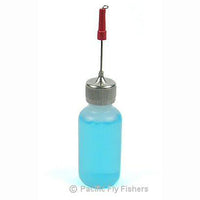 Plastic Applicator Bottle
Plastic Applicator Bottle
-
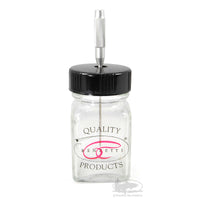 Renzetti Application Jar
Renzetti Application Jar
-
 Softex
Softex
-
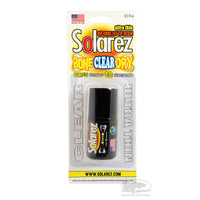 Solarez Bone Dry Clear UV Resin
Solarez Bone Dry Clear UV Resin
-
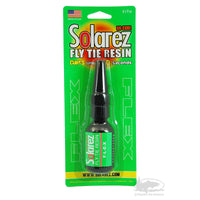 Solarez Flex UV Resin
Solarez Flex UV Resin
-
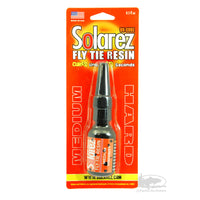 Solarez Medium Hard UV Resin
Solarez Medium Hard UV Resin
-
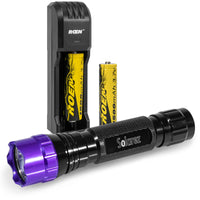 Solarez Resinator High Power UV Flashlight
Solarez Resinator High Power UV Flashlight
-
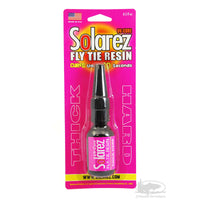 Solarez Thick Hard UV Resin
Solarez Thick Hard UV Resin
-
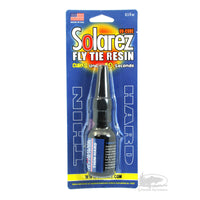 Solarez Thin Hard UV Resin
Solarez Thin Hard UV Resin
-
 Thin-All Thinner
Thin-All Thinner
-
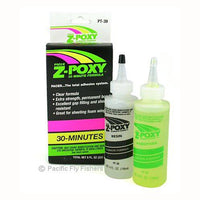 Z Poxy - 30 Minute Epoxy
Z Poxy - 30 Minute Epoxy




























